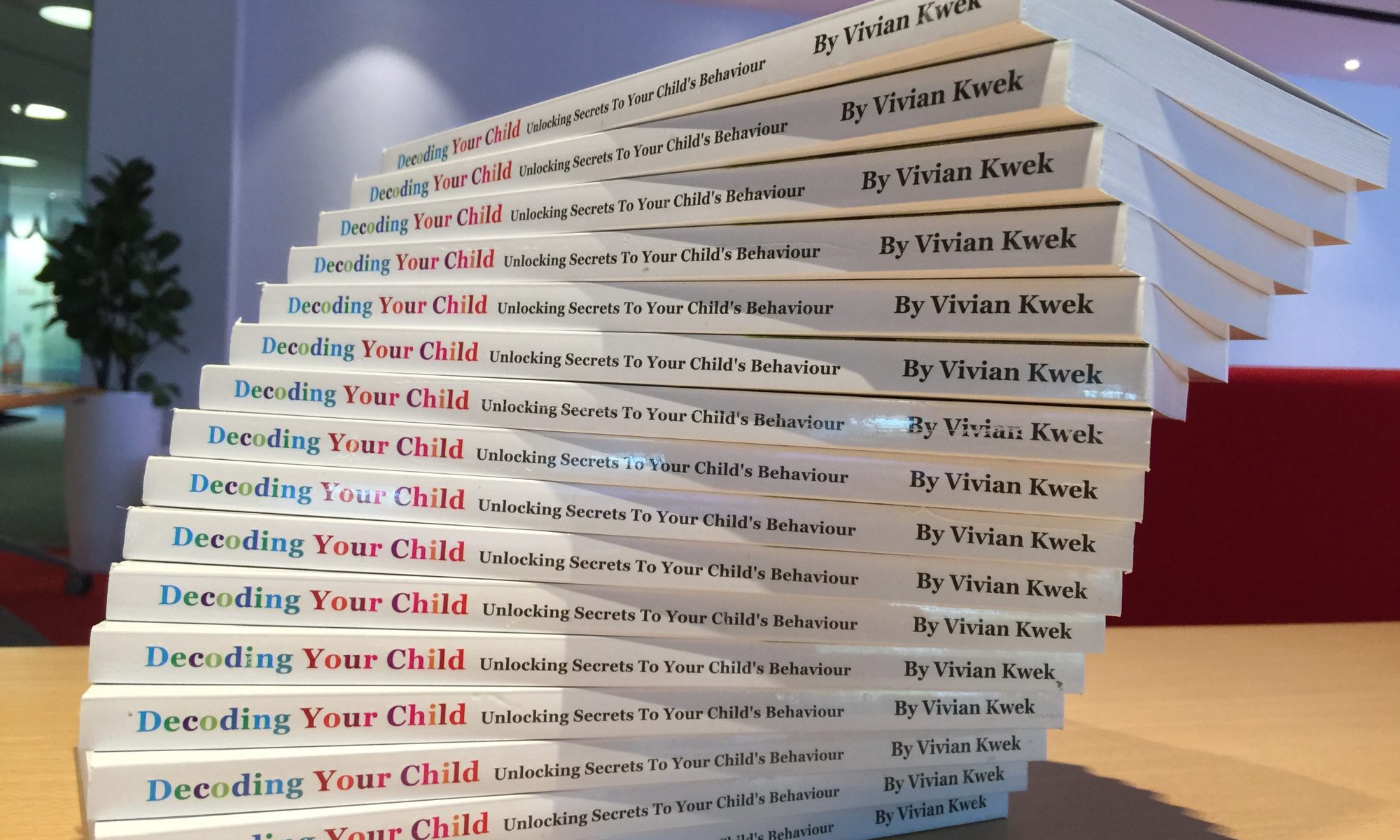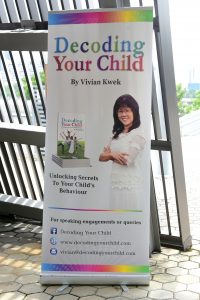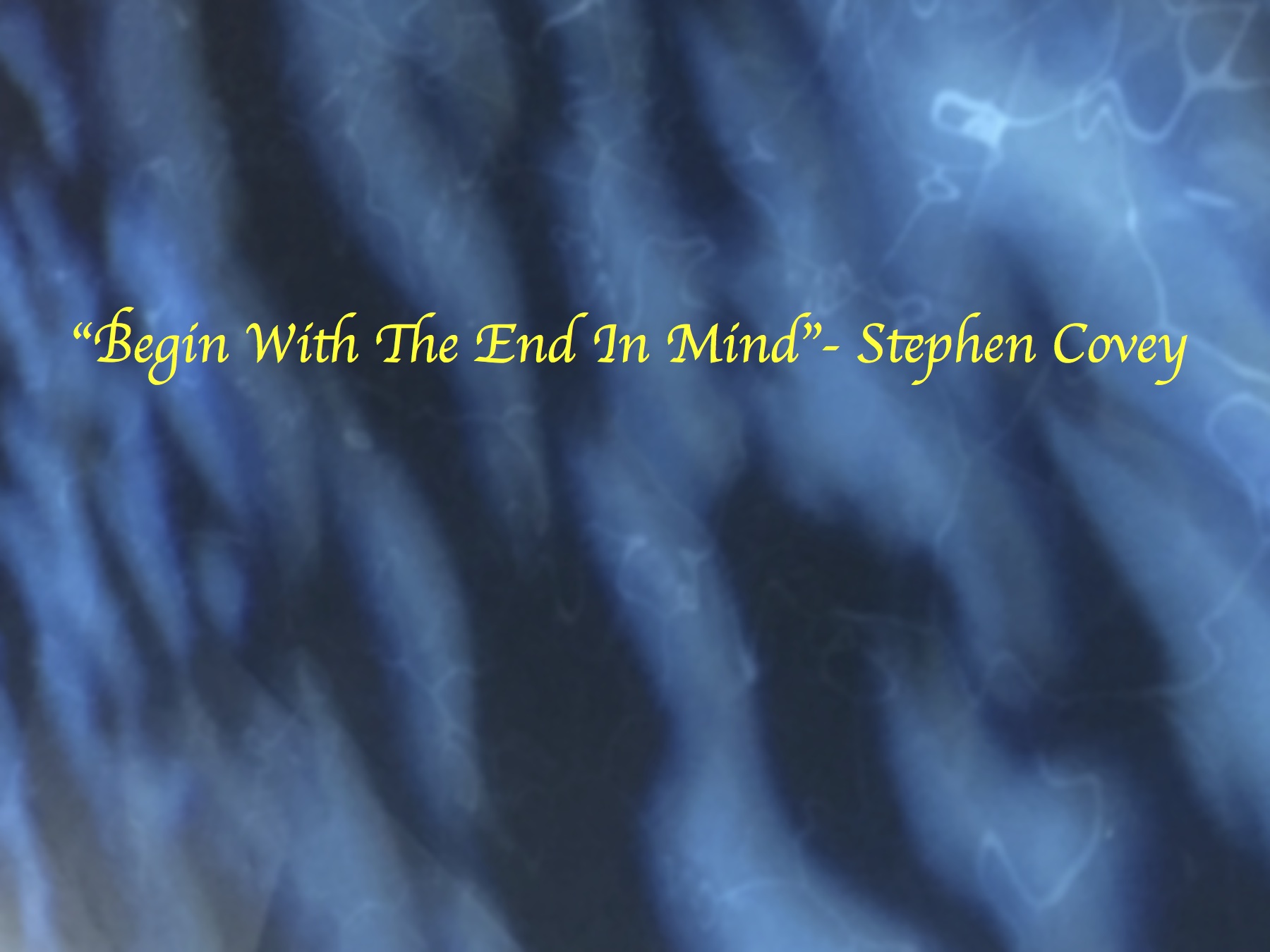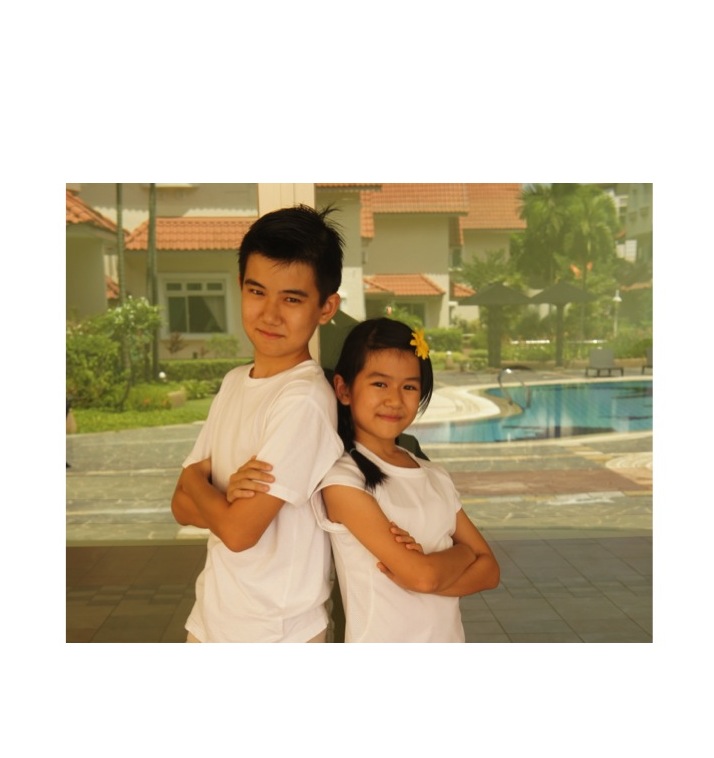In my book, Decoding Your Child, I wrote about dealing with anger and tantrums in our children, including teens. I shared that the exhibition of such behaviour was a result of their lack of maturity and their inability to control their emotions which could be exacerbated by stress, lack of sleep, hunger etc. I also shared strategies on what we can do when our children throw tantrums.
However, I realised many parents also throw temper tantrums. Despite knowing the strategies to overcome their explosive tempers, they have difficulty applying those strategies and overcoming their anger when it grips them. And because they cannot control their anger, their children too have difficulty controlling theirs. After all, the children are just modeling what they see their parents do when the latter get angry.
Hence, I would like to DECODE anger a little more so that we can help ourselves, and in turn, our children, manage anger.
Why decode anger? It is the same reason why we decode our children. To deal with an emotion (ANGER), we must first understand WHAT the emotion is and WHY it happens before we can effectively work on HOW to overcome it.
Anger management is a very big topic and there is a lot to share. Even in my most simplified version, it is too long to be published as one blog. Hence, it will be released as a 3-part series.
In Part 1 of Dealing with Anger, we will deal with the aspect of “WHAT” and decode ANGER. I will explain WHAT happens to our body when we get angry and why our body reacts to anger the way it does.
In Part 2, we will analyse the “WHY” aspect and understand WHY we choose ANGER instead of the emotion that it is hiding.
In Part 3 of the series, we will look at the “HOW” and practice a very simple strategy we can use to manage ANGER.
Angry Parents
Truth be told, many parents have anger management issues towards their children. Some are oblivious towards that anger and think it is normal to yell at, curse or hit their children. However, most parents are often shocked, embarrassed and guilt-ridden by their exhibition of anger towards their children after they cooled down even if they don’t admit to anyone.
I have met many parents who told me that while they had felt angry before, they had never “exploded” in anger in their entire lives until they became parents. As a result, they never knew they had so much anger in them. And they cannot comprehend why the people they loved most, the ones they would willingly die to protect, became the people who faced their worst wrath.
So what is the matter? Why do we exhibit so much anger (and violence) towards our defenseless children?
Decoding ANGER
To understand the “whys”, we need to understand the “whats”. To resolve anger issues, we need to first decode ANGER. WHAT exactly is ANGER and WHAT purpose does it serve?
What happens to our body when we are angry?
When we “get angry”, most of us suddenly feel our hearts thumping against our chest. We will also feel a heat rising up from our necks to our face and head. Some people may find themselves clenching their fists. Some feel their ears ringing and their minds going blank. And most, if not all, will react instinctively.
Let us imagine for a moment. You are walking on a sidewalk towards a blind corner. Suddenly, a cyclist rounds the corner and comes charging towards you at high speed. Before you can react, he swerves and narrowly misses you. By this time, your heart is thumping like crazy and your brain is buzzing. What will you do? Will you curse or yell at the cyclist? Or will you shake your head and continue walking calmly?
For most people, the immediate reaction will be to explode in anger, either cursing or yelling at the cyclist who is now long gone. Some may even chase the cyclist and attack him to “teach him a lesson”.
Why does our body react that way to ANGER?
Anger triggers a rush of adrenaline into our bodies. That makes our heart beat faster which leads to quickening of our breaths and gushing of blood to our face and head. That serves to prepare our body for fight or flight for the purpose of self preservation.
All of us have a set of “out-of-bound” (OB) markers whether we are aware of it or not. Anything that is good and is of no danger to us is within the OB markers. Anything that we deem bad, dangerous, offending etc is considered to have “crossed the line” and will be labeled “out-of-bounds”. Hence, our OB markers exist to protect us, to ensure we are safe and happy.
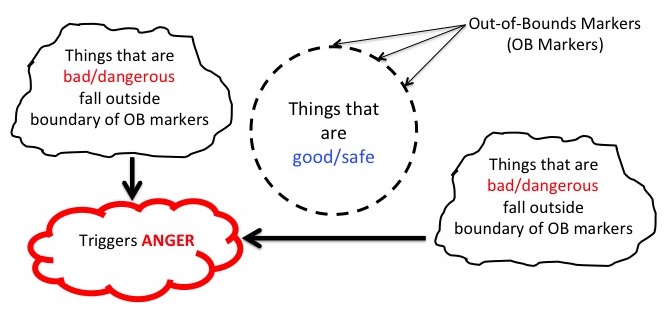
When something crosses outside our OB markers, it means we are experiencing something is labelled “bad” or “dangerous”. It then triggers ANGER to prepare our body to fight to get rid that offending thing out OR to run away from it. With all that extra energy gathered, we have to expel it. The most efficient way is to let it out, through cursing, yelling, etc. So we “explode”.
ANGER, therefore, is a form of self-preservation. ANGER is there to protect us from harm.
Conclusion
So far we have looked at what anger is and why we react to anger the way we do. But ANGER is not the root emotion. It is actually a result of another emotion.
In the next part of this series, we will look at what anger actually masks and why we choose it over whatever triggered it.
In the meantime, should you burst into a temper tantrum against your child or whoever the poor soul might be, know that it is because your body had geared up for fight or run. Then after you calm down, think about whether you really had to fight or run.
Till Part 2 of Dealing with Anger,
Happy Parenting!
Update: You can read the next 2 parts of the series here:
Part 2: Why We Choose Anger
Part 3: How to Overcome Anger


